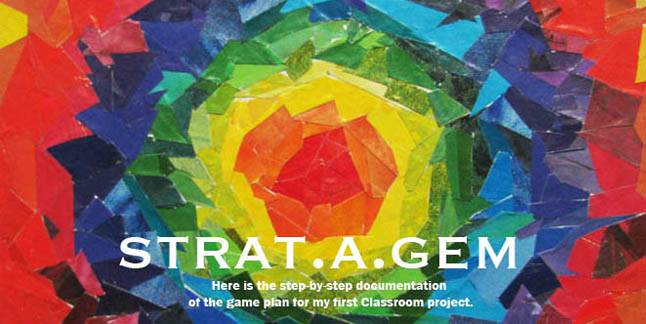My Guide, Prof. Anil Sinha, for helping and supporting me at every step of my project.
“No matter what the project leads to, whether is gets selected or rejected, the most important thing is the LEARNING you gather from it.”
Your these inspiring words kept me going till the end of the project and helped me overcome all the obstacles on my way. The first priority that you give to students, never let me walk out without yet another bunch of inspiring words. Thanks a lot for your time and patience Sir.
I would also like to thank my other Professors. Prof. Tarun Deep Girdhar, for giving me a direction to move, Prof. Chakradhar Saswade and Prof. Immunal Suresh, for giving me valuable inputs and feedback about my work. The knowledge that you shared with me, not only helped me in my this project, but will also guide me throughout.
I would also like to extend my warm thanks to Mr. Dilip Oza, for giving me an opportunity to work on the Convocation banners. Working in the field helped me to gain a lot of knowledge about large-scale printing, which I can now apply for my future projects.
Liyakhat Bhai, helped me find the right place to select the best material. I would like to thank him warmly for the field experience and taking patience to explain me the process of screen printing at his workshop at Behrampura.
A big thanks to all the Kakas and Bhaiyas of NID, who helped me to manage and display the banners.
Varsha, Mridu, Charu, Xavier, Vinay, Ayush, Abhay, Shubho, Utpal, Seniors, Super-seniors and juniors.......and all those that I missed to mention, thanks a tone for helping me every time I was in need. ......U guys rock!
And, of course, for the caring presence and support, of MY FAMILY...... :)
Inktober 2020
3 years ago




















































